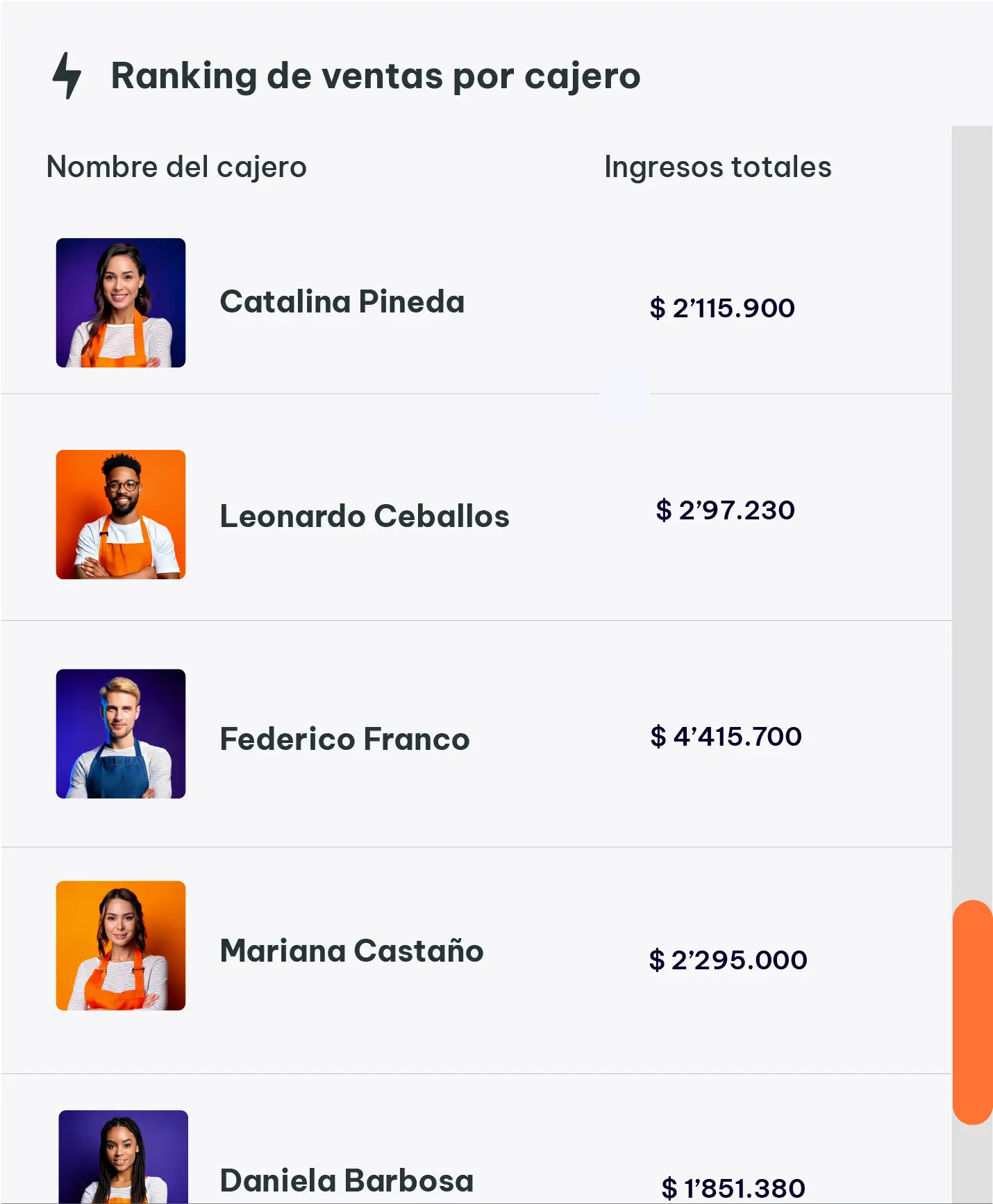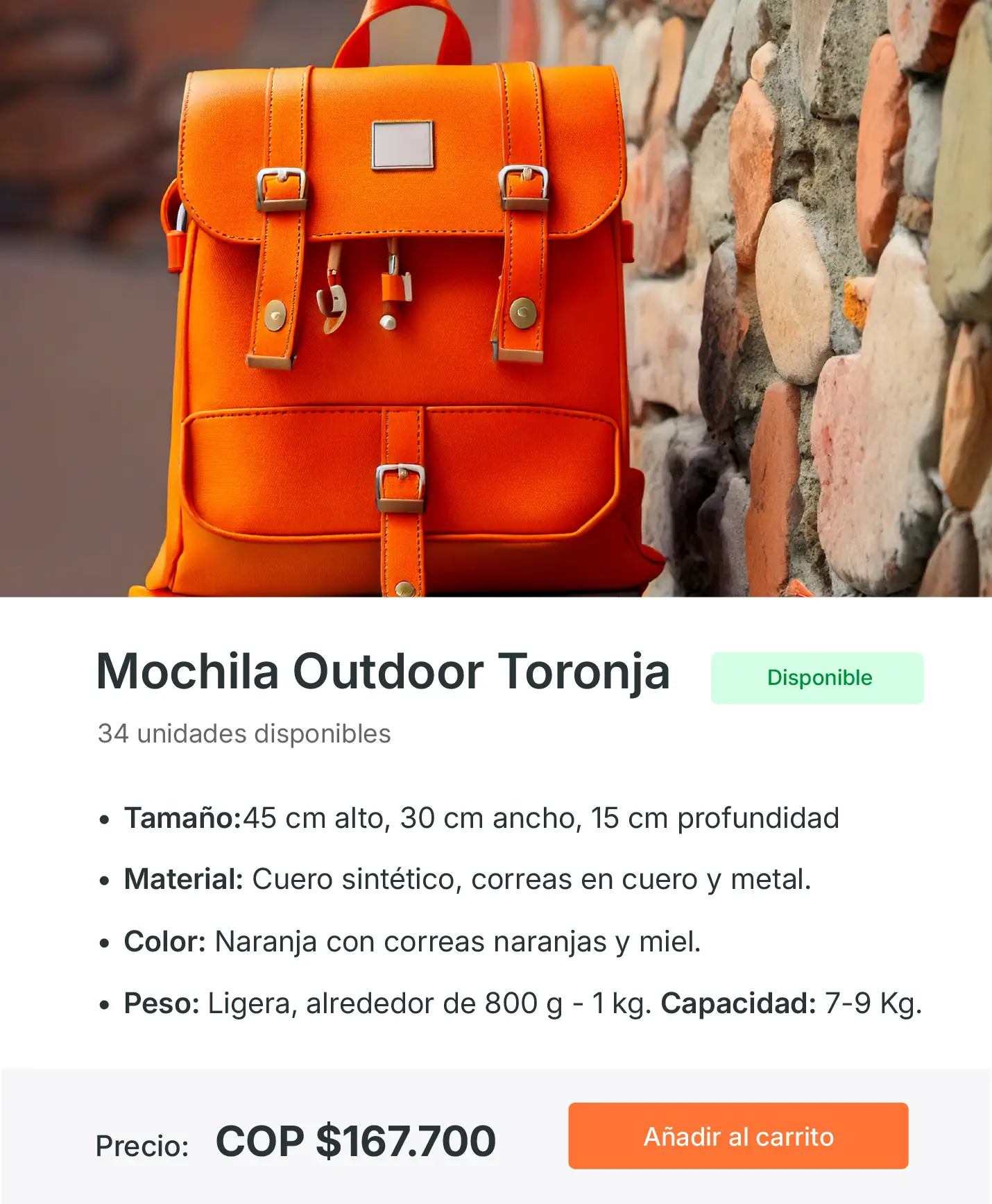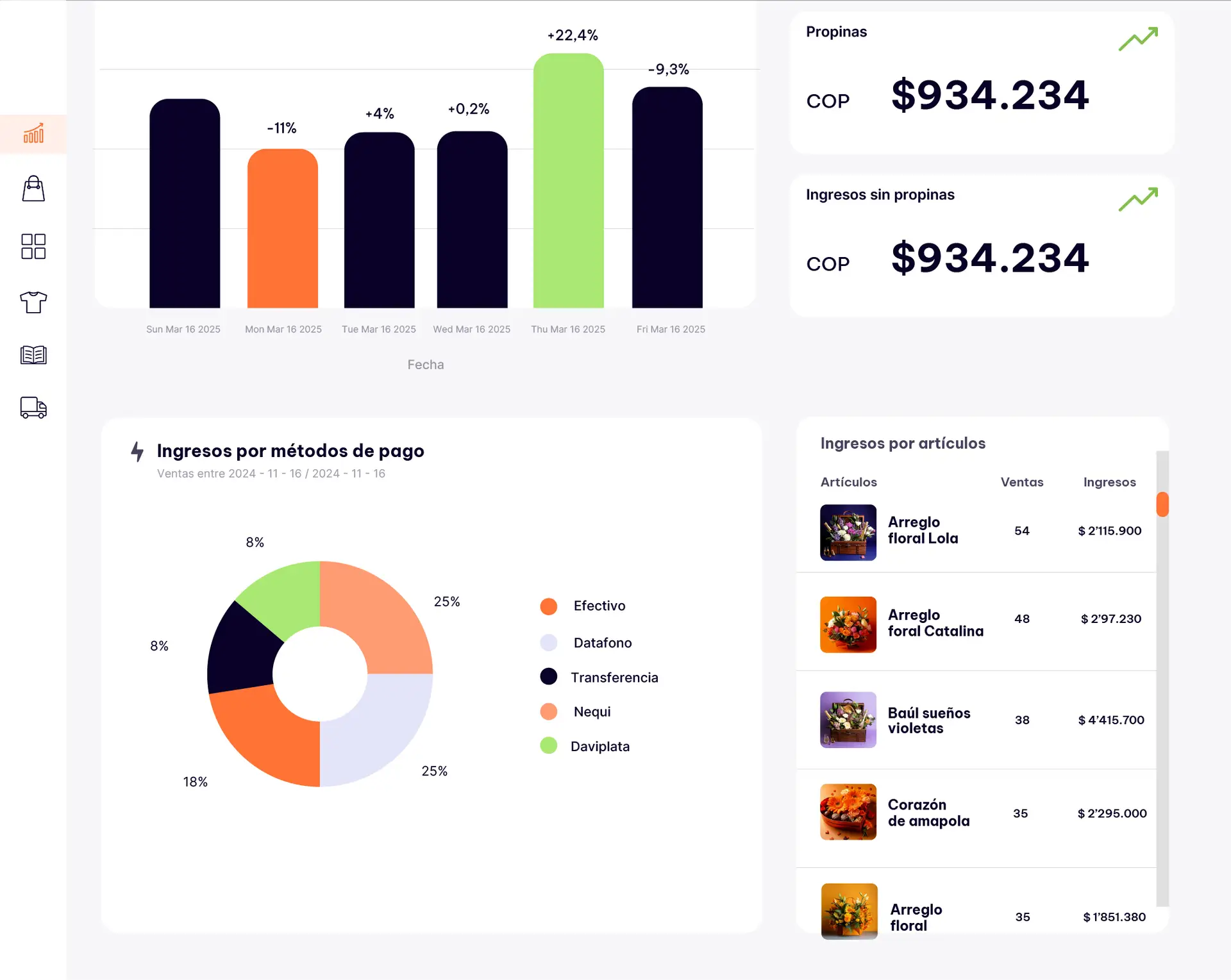Introduction: The One Person Who Changes Everything
When launching your retail business, it’s easy to think that you need to attract everyone. But trying to reach everyone usually ends up connecting with no one. The most successful businesses — even the smallest ones — have one thing in common: they know exactly who they’re talking to.
This clarity doesn’t just help you with marketing. It shapes your product, your store layout, your tone of voice, your promotions, and even your pricing. Without it, you’re walking blind. With it, every decision has direction.
Many entrepreneurs avoid defining a buyer persona because they think it’s too “corporate” or because they believe they already “know” their customer. But assumptions are dangerous. Real data, reflection, and structured thinking will always lead to better results than vague guesses.
Your buyer persona is a fictional representation of your ideal customer — based on real insights. It’s the person you most want to serve, who will benefit from your products, and who will keep coming back when you get things right.
In this guide, you’ll walk through a simple five-step framework to create your buyer persona from scratch. Whether you’re starting a beauty shop, a bookstore, a pet supply store or a mini-market, the process is the same — and the impact is massive.
So if you’re tired of vague ideas and want to build a business that truly resonates with people — let’s get to know exactly who you’re here to serve.
1. Start with Real People: Observe, Ask, and Listen
Before you define your ideal customer, you need to understand the real people you want to serve. The best buyer personas are based on insights from observation and interaction — not just imagination.
Look around: Who already shops for products like yours? What kind of people walk into stores similar to yours? What questions do they ask? What frustrates them?
You can gather this information in several simple but powerful ways:
- Spend a few hours in a local shop that’s similar to what you want to build. Take notes.
- Talk to friends or family members who might be your target. Ask what they buy, where they buy it, and why.
- Scroll through comments and reviews on competitor Instagram pages or marketplaces. What do people love or complain about?
- Use short surveys or informal interviews to gather responses to key questions: “What do you struggle with when buying ?” or “What’s your biggest frustration when shopping for [need]?”
The key is to listen without trying to sell. Your job here is to observe behavior and emotion. What matters most to people when they shop? What triggers a purchase? What turns them off?
You don’t need a big sample size. Even 5–10 honest conversations can give you better insights than a month of guessing.
Practical Exercise
Talk to at least five people who might be part of your target market. Ask them about their needs, habits, and frustrations when shopping for products like yours. Write down common themes and surprising quotes — this is the foundation of your buyer persona.
2. Identify the Key Characteristics: Demographics and Beyond
Once you’ve gathered real input, it’s time to define your buyer persona using a combination of demographic and psychographic traits. The goal isn’t to describe everyone — it’s to focus on one well-defined, valuable segment.
Here’s what to look for:
- Age range: Are you targeting teens, young professionals, parents, retirees?
- Gender identity (if relevant to your product): Are your items gender-neutral or tailored?
- Occupation and income: What can they realistically spend on your products?
- Location: Are they urban, rural, neighborhood-specific?
- Education level and digital behavior: Do they shop online? Are they comfortable with technology?
- Values and lifestyle: Do they care about sustainability, convenience, quality, community?
- Habits and routines: When and how do they usually shop? What do they value most — price, speed, aesthetics?
Most importantly, go beyond stats. Think about their story. What’s a typical day like for them? What pressures or dreams do they have? What role do your products play in that daily life?
For example:
“Marta is a 38-year-old single mother who works full-time and values convenience, trust, and affordable prices when shopping for her family.”
You might have more than one customer profile eventually — but start with just one. Focus brings clarity, and clarity leads to stronger branding and decisions.
Practical Exercise
Create a basic profile for your customer using 5–7 of the categories above. Write it in full sentences, as if introducing a character. Make it vivid and realistic — this is the person you’re designing your business around.
3. Understand Their Pain Points and Desires
Now that you know who your customer is, it’s time to dive into the emotional core: What problems are they trying to solve? What frustrations push them to buy — and what desires pull them in?
Understanding these emotional triggers is the difference between being just another store… and being their store.
Think about:
- What annoys them about current shopping options?
- What’s missing from their experience?
- What goals are they trying to achieve with their purchases?
- What would make them feel proud, confident, relaxed, or excited after buying?
For example:
- A busy parent might want healthy lunchbox options that are fast and affordable.
- A young professional may want skincare that feels premium but doesn’t break the bank.
- A pet owner might want food that’s both nutritious and easy to reorder.
These insights allow you to position your offer not just around features, but around feelings. You stop selling “products” and start selling relief, empowerment, joy, or identity.
This is also where pricing, packaging, messaging, and even store layout begin to align with your buyer’s real emotions.
Practical Exercise
Make two lists:
- Top 5 pain points your customer experiences when shopping in your category.
- Top 5 desires or positive outcomes they wish for.
Then write a sentence for your business: “We help [customer persona] go from [pain] to [desired outcome].”
4. Define How You Help: Your Value Proposition
Once you know what your customer wants and needs, it’s time to clarify what you offer — not just what you sell, but how your product or store makes their life better.
This is your value proposition, and it should directly address your buyer persona’s pain points and goals.
A strong value proposition answers:
- Why should this person buy from you?
- How do you make their life easier, better, or more enjoyable?
- What makes your offer different — or better — than others?
Let’s say your persona is Sofia, a 32-year-old working mom in Bogotá. She’s short on time, price-conscious, and wants healthy options for her kids. Your value proposition could be:
“We help busy moms like Sofia find nutritious, affordable snacks for their kids in under five minutes — without the stress of reading labels or overspending.”
This single sentence becomes the filter for your marketing, product selection, layout, and even your customer service tone. It focuses your decisions and helps customers feel seen.
And the clearer your value is, the easier it is for your ideal customer to say: “This store gets me.”
Practical Exercise
Write a one-sentence value proposition starting with “We help [customer persona]…” Be specific about the problem you solve and the outcome you deliver. Then ask: Does this sound meaningful to the person I want to serve?
5. Bring It to Life: Integrate Your Buyer Persona into Your Business
Creating a buyer persona isn’t a one-time exercise. It’s a living document that should guide every part of your business — from product selection to visual branding to how you greet customers.
Here’s how to bring your persona into practice:
- Product curation: Only offer items that align with your persona’s needs, preferences, and budget.
- Store layout and design: Does your physical or online space feel welcoming to your customer? Is it easy to navigate? Does it reflect their taste and lifestyle?
- Tone of voice: Your signage, social media captions, and promotions should sound like you’re talking to that one person.
- Marketing channels: Where does your persona hang out — Instagram? WhatsApp? Flyers in the neighborhood? Go where they are.
- Customer experience: Train your staff (or yourself) to understand the persona’s values. Should you be fast and friendly? Detailed and caring? Warm and relaxed?
Over time, you’ll get better at recognizing how your real customers compare to your initial persona — and you’ll refine it. That’s good. A buyer persona is meant to evolve.
But what doesn’t change is the discipline of using it.
When you’re unsure about a business decision, go back to your persona and ask: Would this serve them? Would they care? Would this help them trust me more?
Practical Exercise
Print out your buyer persona and hang it where you work. Use it as a filter every time you choose a product, write a message, or plan a promotion. Keep notes on what works and refine as needed.
Final Reflection: Clarity Creates Connection — and Connection Drives Sales
Many new retailers focus so much on the product, the price, or the location… that they forget the heart of the business: the person they’re serving.
Without a clear buyer persona, you risk guessing, wasting money, and building a store that’s pretty — but not profitable.
But when you truly understand who your customer is, everything becomes easier. You know what to offer, how to talk, where to show up, and what not to waste time on.
You stop shouting into the void and start having real conversations.
The process of defining your customer isn’t about limiting your business — it’s about unlocking your potential. It’s not about perfection. Your persona doesn’t have to be flawless. It just has to be real enough to guide you.
Remember: people don’t buy from stores. They buy from people who understand them.
By building your business around a real, defined, emotionally resonant person, you make your store magnetic. You create belonging. You spark trust. You don’t just make a sale — you build a relationship.
So take the time to do the work. Build that persona. Read it aloud. Talk about them like they’re a real customer — because one day, they will be.
And when that person walks into your store (or lands on your page) and says:
“This is exactly what I needed” —
you’ll know your clarity paid off.





